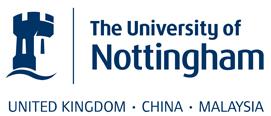- View more resources from this publisher
 Centre for Research in Mathematics Education (CRME)
Centre for Research in Mathematics Education (CRME)
Using standard algorithms for number operations
This lesson develops the concept of making sense of the standard algorithms for addition, subtraction, multiplication, and division of positive integers. In particular students will work on the following areas:
- Improving conceptual understanding of why and how the algorithms work.
- Developing procedural fluency in carrying out the algorithms.
- Becoming more able to spot unreasonably sized answers and to debug errors in procedures.
An initial activity involves students peer assessing some work that has been completed incorrectly. They must spot where a mistake has been made and suggest how to improve the work. The activity addresses some common misconceptions, such as forgetting to add a ‘carry’ digit.
The main activity involves looking at the work of six students and assessing what mistakes they are making. Students must write some advice for each student to help them improve their work.
There are pre-lesson and post-lesson formative assessment tasks. Detailed teacher notes give suggestions on questioning and how to use the resources. Full solutions are given for each of the sections.
This is a concept development lesson from the Mathematics Assessment Resource Service, a collaboration between UC Berkeley and the Shell Centre team at the University of Nottingham. Further information on the collection is given here.
Show health and safety information
Please be aware that resources have been published on the website in the form that they were originally supplied. This means that procedures reflect general practice and standards applicable at the time resources were produced and cannot be assumed to be acceptable today. Website users are fully responsible for ensuring that any activity, including practical work, which they carry out is in accordance with current regulations related to health and safety and that an appropriate risk assessment has been carried out.




